Opinion & Analysis
A Study That Changed the Way Golfers Think About Wedges
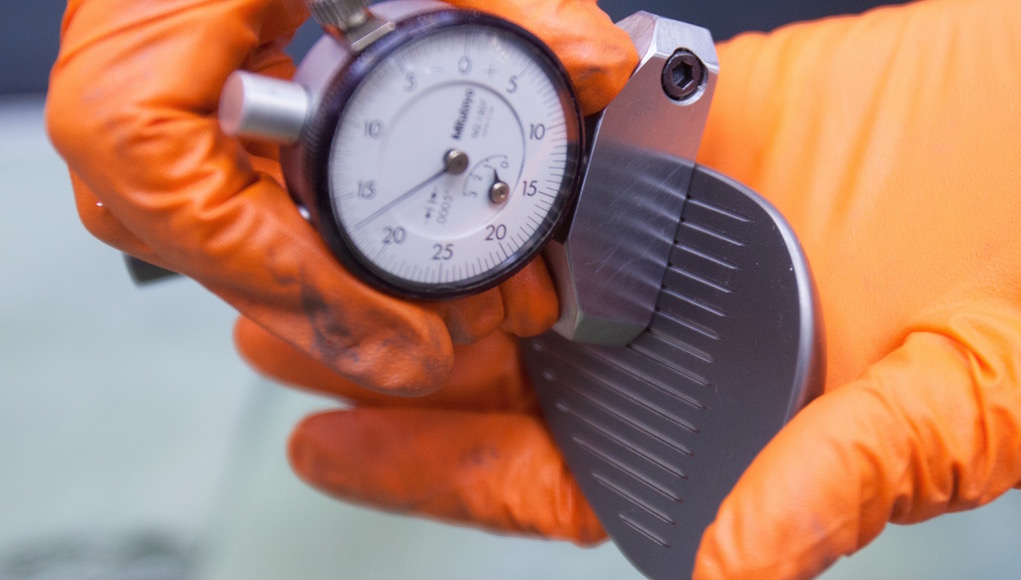
Ever wonder: What’s the difference between my wedges and the ones used on the PGA Tour? The DNA is identical, but the actual clubs on tour are normally unique to each player.
More than any other type of club, the modern wedge was borne of and by the best professional golfers in the world. Its place in design results from the demands and navigation of the most difficult competitions and courses. But the obvious question of whether “tour wedges” are necessary or even suitable for average golfers may help shed light on our clubs in everyday use.
Commercially available, or “stock” wedges, are sold as essentially the same tools that tour professionals use, however, professional golfers have customized their wedges forever. Tour heads are naturally heavier to allow for the extra shaping. Players grind them to their liking in terms of sole, head shape and leading edge shapes. Generally, measurements have less importance than how the club looks or how the wedge works with their game. Specifications get recorded after modifications have been made. Manufacturers use the tour prototypes to share with the public the same basic equipment as the best players in the world use, but often the modified “one-off” clubs aren’t exactly the same as the final products found on the shelves.
At the heart of the matter: THE BOUNCE, or the angle of the sole plane relative to the ground plane, has always been a source of disagreement and debate. It used to be a widely held belief that tour players used wedges with extremely low bounce values. The perception was that the better the player, the less bounce was required and vice versa. While that may have been true in a few limited cases, normally clubs with low bounce angles had wider soles. Another way of saying that is the distance from the leading edge to the trailing edge was longer.

A wider sole acts like it has more bounce, and it does when the player opens the face. The leading edge of the club lifts higher off the ground when the sole is wider, acting like extra bounce. Another wedge contour called “camber,” the roundness of the sole from the leading edge to the back of the sole, can substitute for additional bounce.
Whether genius or completely misguided, wedge manufacturers regularly published bounce values that were substantially different from the absolute values found on the clubs themselves. Even as recent as 1998, conventional wisdom regarding the amount of bounce used by PGA Tour players in so-called lob wedges was about 3 degrees. We now know that this was laughable. Better players are steeper… yes? So why would they use wedges with knife-like leading edges and soles? They wouldn’t with the exceptions of a few very rare cases. It turned out to be urban legend.
Typically, a very low bounce angle would incorporate a wider sole and more camber (roundness) to counter the effects of a flatter bounce angle. Wider soles act like added bounce, especially with an open face. These features are commonly found in so-called “game improvement” wedges for average golfers like Callaway’s Sure Out or the XE-1… you know, the one from the infomercial on Golf Channel.
Early on in my career at Cleveland Golf (I worked for Cleveland as The Senior Designer from 1998-2004 and consulted with them until 2009), we discovered that our documentation (brochures and other collateral materials) reflected inaccurate wedge bounce specifications. This was true of both consumer and “tour-only” products. Upon learning of these discrepancies, Cleveland Golf CEO Greg Hopkins (founder and owner of Hopkins Golf) dispatched me, a Cleveland consultant at the time, to travel the U.S. professional tours to measure and document all of the sole properties of every wedge in use in American professional golf. This was a gigantic undertaking involving more than 1,000 golf clubs. Over the course of several months, I traveled to PGA, LPGA, Champions and Web.com tours to measure wedges and document everything in a master database. We considered anything north of 45 degrees loft to be a wedge.
My Measurements
- Bounce Angle (in three places): Toe, heel and center.
- Sole Width (in three places): Toe, heel and center.
- Rocker Radius: The roundness from heel to toe.
- Camber Radius: The rounded contour from the leading edge to the back flange.
- Leading Edge Roll: The sharpness or dullness of the leading edge.
- Every Player Was Asked the Question: “Which loft is your primary sand club?”
Before this study, the task of creating tour wedges was something of a “black art.” It was iterative and often wasteful. We often had to custom fabricate many wedges for a player to get one in their hands. The results of the study might well have been one of the most revealing research projects in the history of the game. As a company, we were no longer guessing; we knew what wedges professional golfers needed and used, and it made our job a lot easier. We now had a primmer and a robust template to go by.
Through the study, we discovered the average loft progression for three-wedge sets was a six-degree spread: 47, 53 and 59 degrees. Almost no one played with a stock 56-degree sand wedge unless it was part of a four-wedge set, which was rare. The 56-degree wedges were normally bent to 54 degrees, and usually much of their flanges had been ground off usually to make them narrower (it should be noted that doing that actually INCREASES the measured bounce angle). The most common four-wedge loft progression was 46, 51, 54-55 and 59-60 degrees. We also saw many “pitching wedges” that were not matched to the iron sets. These didn’t look like 10 irons, but more like real wedges.
Finally, we learned that the vast majority of PGA Tour players had one wedge with higher relative bounce and one with lower relative bounce.
RELATIVE BOUNCE DEFINITION: If two wedges have identical sole properties (bounce angle, sole width, leading edge roll, camber radius and so on), the higher-lofted wedge will dig more and the lower-lofted wedge will act as though it has more bounce potential.
And most EXPLOSIVE of all, we learned that the average lob wedge (58-60 degrees) had 12 degrees of bounce angle. At the time it was stunning, to put it mildly. These high-bounce lob wedges were being used as the go-to primary sand clubs for the best players in the world. The so-called “sand wedge” (a 56-degree wedge with about 14 degrees of bounce) had become all but a dinosaur. The modern primary sand club has about 59 degrees of loft and 12 degrees of bounce.
The results of the research effort gave birth to several new concepts and a complete cultural change in Cleveland’s wedge programs. I like to believe that this was a paradigm for the entire industry at large, and we had contributed to the game.
- We rid wedges of letters SW, DW, PW, and LW in lieu of loft numbers.
- We conceived, developed and documented the concept of “net bounce,” a mathematical algorithm that predicted and derived sole specifications (bounce angle, sole width, camber and so on) for new wedge products at any loft. That is a part of the wedge development doctrine at Cleveland Golf to present day.
- We introduced the concept of multiple bounce options for any loft, known as the “Dot” system. Shortly afterwards, almost all other golf companies followed suit.
- Internally, we started to use the vernacular “primary sand club” with all of our fitting programs and wedge packages. And this was the way we communicated that to the tour as well.
We essentially changed the definition of what a sand wedge was. The subliminal connotation was that there were several sand clubs, not one dedicated to the purpose. Of course, we all now view sand play as achieved by using several different wedges. Within the context of the wedge business at the time, this was a very disruptive and pioneering set of actions, but we were only following the lead of what the tour was already doing.
Interestingly, wedges never really fit into the concept of the matched set. While the design of a wood or iron set with a “family-like” progression of features seems pretty straightforward, wedges don’t fit that mold no matter how similar the shape to its iron siblings. Average golfers mistakenly identify wedges as the shorter end of the iron set, basically the 10-13 irons. Well, IRONS they’re not! Wedges are in a class all by themselves. They are definitely not irons in the same way that hybrids are not fairway woods. As a matter of fact, modern wedges share more in common with putters than irons.
In the first place, wedges are used in a tactical way. Think of the difference of “tactical” versus “strategic.” A driver, fairway wood or long iron deliver more strategic results…in other words, long-range targeting to a larger area. Tactical means close in targeting to a smaller area.
Wedges facilitate delicate distance control because of their weight, high loft values, low centers of gravity and deep faces. Because of the large surface area of the faces, wedges offer a diversity of points which to strike the ball and get varying results. Furthermore, with the roundness of their leading edges and often their little offset — or even onset faces — wedges allow their faces to be opened substantially without the hosel getting in the way. Opening the face increases the loft for higher short range shots and increases the bounce potential of the wedge. Complex geometry of the sole lets the user orient the wedge with a diversity of setups. Large cuts on the toe or heal called “shelving” facilitate a more vertical or flatter setup by the golfer depending on the need.
Wedges have been likened to an artists’ paint brush or knights on a chess board. Similar to an artist’s paint brush, wedges are used differently than other clubs and produce shots differently every single time they are used. These are the tools of skillful golfing artisans. And like the adept use of the knights in chess, wedges deliver an obscure and invented type of shot, yet deadly results that confound the competition who has limited understanding of this part of the game.
Indeed the wedge game has become the modern signature of the very best players in the world. And if you think about it, it makes total sense. The modern wedge was developed with professional golf in mind.
- LIKE535
- LEGIT61
- WOW25
- LOL4
- IDHT2
- FLOP5
- OB0
- SHANK20
Opinion & Analysis
Ryan: Why the race to get better at golf might be doing more harm than good

B.F. Skinner was one of the most important psychologists of the 20th century, developing the foundation of the development of reinforcement, and in doing so, creating the concept of behaviorism. In simple terms, this means that we are conditioned by our habits. In practical terms, it explains the divide between the few and far between elite instructors and college coaches.
To understand the application, let’s quickly review one of B.F. Skinner’s most important experiments; superstitions in the formation of behavior by pigeons. In this experiment, food was dispensed to pigeons at random intervals. Soon, according to Skinner, the pigeons began to associate whatever action they were doing at the time of the food being dispensed. According to Skinner, this conditioned that response and soon, they simply haphazardly repeated the action, failing to distinguish between cause and correlation (and in the meantime, looking really funny!).
Now, this is simply the best way to describe the actions of most every women’s college golf coach and too many instructors in America. They see something work, get positive feedback and then become conditioned to give the feedback, more and more, regardless of if it works (this is also why tips from your buddies never work!).
Go to a college event, particularly a women’s one, and you will see coaches running all over the place. Like the pigeons in the experiment, they have been conditioned into a codependent relationship with their players in which they believe their words and actions, can transform a round of golf. It is simply hilarious while being equally perturbing
In junior golf, it’s everywhere. Junior golf academies make a living selling parents that a hysterical coach and over-coaching are essential ingredients in your child’s success.
Let’s be clear, no one of any intellect has any real interest in golf — because it’s not that interesting. The people left, including most coaches and instructors, carve out a small fiefdom, usually on the corner of the range, where they use the illusion of competency to pray on people. In simple terms, they baffle people with the bullshit of pseudo-science that they can make you better, after just one more lesson.
The reality is that life is an impromptu game. The world of golf, business, and school have a message that the goal is being right. This, of course, is bad advice, being right in your own mind is easy, trying to push your ideas on others is hard. As a result, it is not surprising that the divorce rate among golf professionals and their instructors is 100 percent. The transfer rate among college players continues to soar, and too many courses have a guy peddling nefarious science to good people. In fact, we do at my course!
The question is, what impact does all this have on college-age and younger kids? At this point, we honestly don’t know. However, I am going to go out on a limb and say it isn’t good.
Soren Kierkegaard once quipped “I saw it for what it is, and I laughed.” The actions of most coaches and instructors in America are laughable. The problem is that I am not laughing because they are doing damage to kids, as well as driving good people away from this game.
The fact is that golfers don’t need more tips, secrets, or lessons. They need to be presented with a better understanding of the key elements of golf. With this understanding, they can then start to frame which information makes sense and what doesn’t. This will emancipate them and allow them to take charge of their own development.
- LIKE12
- LEGIT4
- WOW1
- LOL2
- IDHT0
- FLOP1
- OB0
- SHANK10
19th Hole
Vincenzi’s 2024 Valspar Championship betting preview: Elite ballstrikers to thrive at Copperhead

The PGA TOUR will stay in Florida this week for the 2024 Valspar Championship.
The Copperhead Course at Innisbrook Resort is a par 71 measuring 7,340 yards and features Bermudagrass greens overseeded with POA. Infamous for its difficulty, the track will be a tough test for golfers as trouble lurks all over the place. Holes 16, 17 and 18 — also known as the “Snake Pit” — make up one of the toughest three-hole stretches in golf and should lead to a captivating finish on Sunday.
The field is comprised of 156 golfers teeing it up. The field this week is solid and is a major improvement over last year’s field that felt the impact of players skipping due to a handful of “signature events” in a short span of time.
Past Winners at Valspar Championship
- 2023: Taylor Moore (-10)
- 2022: Sam Burns (-17)
- 2021: Sam Burns (-17)
- 2019: Paul Casey (-8)
- 2018: Paul Casey (-10)
- 2017: Adam Hadwin (-14)
- 2016: Charl Schwartzel (-7)
- 2015: Jordan Spieth (-10)
In this article and going forward, I’ll be using the Rabbit Hole by Betsperts Golf data engine to develop my custom model. If you want to build your own model or check out all of the detailed stats, you can sign up using promo code: MATTVIN for 25% off any subscription package (yearly is best value).
Key Stats For Copperhead
1. Strokes Gained: Approach
Strokes Gained: Approach grades out as the most important statistic once again this week. Copperhead really can’t be overpowered and is a second-shot golf course.
Total SG: Approach Over Past 24 Rounds (per round)
- Tony Finau (+.90)
- Nick Taylor (+.81)
- Justin Thomas (+.77)
- Greyson Sigg (+.69)
- Christiaan Bezuidenhout (+.67)
2. Good Drive %
The long hitters can be a bit limited here due to the tree-lined fairways and penal rough. Playing from the fairways will be important, but laying back too far will cause some difficult approaches with firm greens that may not hold shots from long irons.
Golfers who have a good balance of distance and accuracy have the best chance this week.
Good Drive % Over Past 24 Rounds
- Brice Garnett (+91.3%)
- Zach Johnson (+91.1%)
- Sam Ryder (+90.5%)
- Ryan Moore (+90.4%)
- Aaron Rai (+89.7%)
3. Strokes Gained: Ball Striking
Adding ball-striking puts even more of a premium on tee-to-green prowess in the statistical model this week. Golfers who rank highly in ball-striking are in total control of the golf ball which is exceedingly important at Copperhead.
SG: Ball Striking Over Past 24 Rounds:
- Xander Schauffele (+1.32)
- Keith Mitchell (+1.29)
- Tony Finau (+1.24)
- Cameron Young (+1.17)
- Doug Ghim (+.95)
4. Bogey Avoidance
With the conditions likely to be difficult, avoiding bogeys will be crucial this week. In a challenging event like the Valspar, oftentimes the golfer who is best at avoiding mistakes ends up on top.
Gritty golfers who can grind out difficult pars have a much better chance in an event like this than a low-scoring birdie-fest.
Bogey Avoidance Over Past 24 Rounds
- Brice Garnett (+9.0)
- Xander Schauffele (+9.3)
- Austin Cook (+9.7)
- Chesson Hadley (+10.0)
- Greyson Sigg (+10.2)
5. Strokes Gained: Total in Difficult Conditions
Conditions will be tough this week at Copperhead. I am looking for golfers who can rise to the occasion if the course plays as difficult as it has in the past.
Strokes Gained: Total in Difficult Conditions Over Past 24 rounds
- Xander Schauffele (+1,71)
- Min Woo Lee (+1.39)
- Cameron Young (+1.27)
- Jordan Spieth (+1.08)
- Justin Suh (+.94)
6. Course History
That statistic will tell us which players have played well at Copperhead in the past.
Course History Over Past 24 rounds
- Patrick Cantlay (+3.75)
- Sam Burns (+2.49)
- Davis Riley (+2.33)
- Matt NeSmith (+2.22)
- Jordan Spieth (+2.04)
The Valspar Championship Model Rankings
Below, I’ve compiled overall model rankings using a combination of the five key statistical categories previously discussed — SG: Approach (27%), Good Drive % (15%), SG: BS (20%), Bogeys Avoided (13%), Course History (13%) Strokes Gained: Total in Difficult Conditions (12%).
- Xander Schauffele
- Doug Ghim
- Victor Perez
- Greyson Sigg
- Ryan Moore
- Tony Finau
- Justin Thomas
- Sam Ryder
- Sam Burns
- Lucas Glover
2024 Valspar Championship Picks
Justin Thomas +1400 (DraftKings)
Justin Thomas will be disappointed with his finish at last week’s PLAYERS Championship, as the past champion missed the cut despite being in some decent form heading into the event. Despite the missed cut, JT hit the ball really well. In his two rounds, the two-time major champion led the field in Strokes Gained: Approach per round.
Thomas has been up and down this season. He’s missed the cut in two “signature events” but also has finishes of T12 at the Arnold Palmer Invitational, T12 at the Waste Management Phoenix Open, T6 at the Pebble Beach AT&T Pro-Am and T3 at the American Express. In his past 24 rounds, he ranks 3rd in the field in Strokes Gained: Approach and 6th in Strokes Gained: Ball Striking in the field.
Thomas loves Copperhead. In his last three tries at the course, he’s finished T13, T3 and T10. Thomas would have loved to get a win at a big event early in the season, but avoidable mistakes and a balky putter have cost him dearly. I believe a trip to a course he loves in a field he should be able to capitalize on is the right recipe for JT to right the ship.
Christiaan Bezuidenhout +6000 (FanDuel)
Christiaan Bezuidenhout is playing spectacular golf in the 2024 season. He finished 2nd at the American Express, T20 at Pebble Beach and T24 at the Genesis Invitational before finishing T13 at last week’s PLAYERS Championship.
In his past 24 rounds, the South African ranks 3rd in the field in Strokes Gained: Approach and 26th in Strokes Gained: Ball Striking. Bezuidenhout managed to work his way around TPC Sawgrass last week with minimal damage. He only made five bogeys in the entire week, which is a great sign heading into a difficult Copperhead this week.
Bezuidenhout is winless in his PGA Tour career, but certainly has the talent to win on Tour. His recent iron play tells me that this week could be a breakthrough for the 35-year-old who has eyes on the President’s Cup.
Doug Ghim +8000 (FanDuel)
Doug Ghim has finished in the top-16 of his past five starts. Most recently, Ghim finished T16 at The PLAYERS Championship in a loaded field.
In his past 24 rounds, Ghim ranks 8th in Strokes Gained: Approach and 5th in Strokes Gained: Ball Striking. In terms of his fit for Copperhead, the 27-year-old ranks 12th in Bogey Avoidance and 7th in Strokes Gained: Total in Difficult Conditions, making him a great fit for the course.
Ghim has yet to win on Tour, but at one point he was the top ranked Amateur golfer in the world and played in the 2017 Arnold Palmer Cup and 2017 Walker Cup. He then won the Ben Hogan award for the best male college golfer in 2018. He certainly has the talent, and there are signals aplenty that his talent in ready to take him to the winner’s circle on the PGA Tour.
Sepp Straka +8000 (BetRivers)
Sepp Straka is a player who’s shown he has the type of game that can translate to a difficult Florida golf course. The former Presidents Cup participant won the 2022 Honda Classic in tough conditions and should thrive with a similar test at Copperhead.
It’s been a slow 2024 for Straka, but his performance last week at the PLAYERS Championship surely provides some optimism. He gained 5.4 strokes on approach as well as 1.88 strokes off the tee. The tee-to-green game Straka showed on a course with plenty of danger demonstrates that he can stay in control of his golf ball this week.
It’s possible that the strong performance last week was an outlier, but I’m willing to bet on a proven winner in a weaker field at a great number.
Victor Perez +12000 (FanDuel)
Victor Perez is no stranger to success in professional golf. The Frenchman has three DP World Tour wins including a Rolex Series event. He won the 2019 Alfred Dunhill Links Championship, as well as the 2023 Abu Dhabi HSBC Championship, which are some big events.
Perez earned his PGA Tour card this season and enters the week playing some fantastic golf. He finished in a tie for 16th in Florida at the Cognizant Classic and then tied for third in his most recent start at the Puerto Rico Open.
In his past 24 rounds in the field, Perez ranks 11th in Strokes Gained: Approach, 1oth in Strokes Gained: Ball Striking, 6th in Good Drive % and 15th in Bogey Avoidance.
Perez comes in as a perfect fit for Copperhead and offers serious value at triple-digit odds.
- LIKE16
- LEGIT3
- WOW2
- LOL1
- IDHT0
- FLOP1
- OB2
- SHANK6
Opinion & Analysis
Myrtle Beach, Explored: February in South Carolina
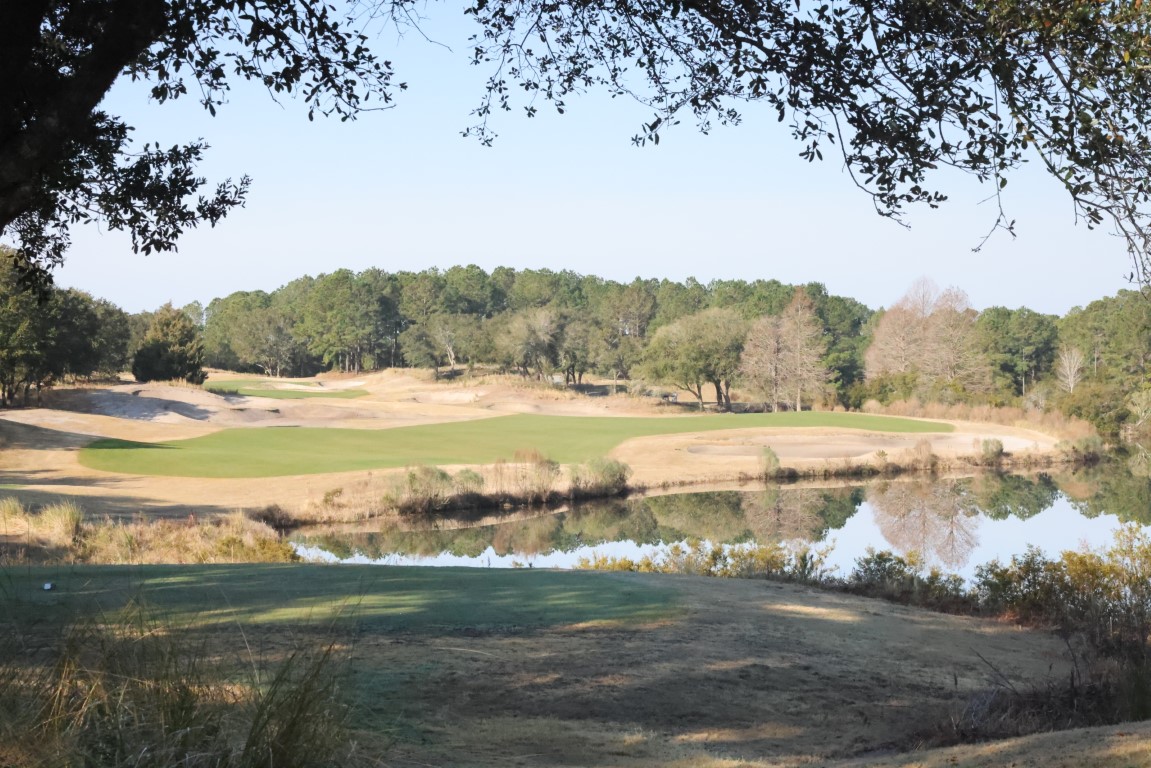
As I gain in experience and age, and familiarity breeds neither contempt nor disdain, I understand why people return to a place. A destination like Myrtle Beach offers a sizable supply and diversity of restaurants, entertainment venues, and shops that are predicated on the tenets of the service industry. Greet your customers with a smile and a kind word, and they will find comfort and assurance. Provide them with a memorable experience and they will suggest your place of business to others.
My first tour of Myrtle Beach took place in the mid-1980s, and consisted of one course: Gator Hole. I don’t remember much from that day, and since Gator Hole closed a decade later, I cannot revisit it to recollect what I’d lost. Since then, I’ve come to the Grand Strand a few times, and been fortunate to never place a course more than once. I’ve seen the Strantz courses to the south and dipped my toe in the North Carolina courses of Calabash. I’ve been to many in the middle, including Dunes, Pine Lakes, Grande Dunes among them.
2024 brought a quartet of new courses, including two at the Barefoot Resort. I’d heard about the North Myrtle Beach four-pack of courses that highlight the Barefoot property, including layouts from Pete Dye, Tom Fazio, Davis Love III, and Greg Norman. I had the opportunity to play and shoot the Dye and Fazio tracks, which means that I’ll have to return to see the other two. Sandwiched between them were the TPC-Myrtle Beach course, also from Tom Fazio, and the Pawley’s Plantation trace, by the hand of Jack Nicklaus. I anticipated a bit of the heroic, and bit of the strategic, and plenty of eye candy. None of those architects would ever be considered a minimalist, so there would be plenty of in-play and out-of-play bunkers and mounds to tantalize the senses.
My nephew arrived a few days early, to screen a few more courses. As a result, you the reader will have an extra quarter of mini-reviews, bringing the total of courses in this piece to eight. It was inconceivable that CJR would play four courses that I had never played nor photographed, but that was the case. His words appear at the end of this piece. We hope that you enjoy the tour.
Main Feature: Two Barefoots, a TPC, and Pawley’s Plantation
What Paul “Pete” Dye brought back from his trips to the United Kingdom, hearkened back to what C.B. MacDonal did, some 65 years prior. There is a way of finding bunkers and fairways, and even green sites, that does not require major industrial work. The Dye course at Barefoot Resorts takes you on a journey over the rumpled terrain of distant places. If there’s one element missing, it’s the creased and turbulent fairways, so often found in England and Ireland. The one tenet of playing a Dye course, is to always aim away from temptation, from where your eyes draw you. Find the safe side of the target, and you’ll probably find your ball. It then stands that you will have a shot for your next attempt. Cut the corner, and you might have need to reload. The Barefoot course begins gently, in terms of distance, but challenges with visual deception. After two brief 4s and a 3, the real work begins. The course is exposed enough, to allow the coastal winds to dance along the fairways. Be ready to keep the ball low and take an extra club or two.
If memory serves, TPCMB is my first trek around a TPC-branded course. It had all the trappings of a tour course, from the welcome, through the clubhouse, to the practice facilities and, of course, the course. TPC-Myrtle Beach is a Tom Fazio design, and if you never visit Augusta National, you’ll now have an idea of what it is like. You play Augusta’s 16th hole twice at TPCMB, and you enjoy it both times. Fazio really likes the pond-left, green-angle-around par three hole, and his two iterations of it are memorable.
You’ll also see those Augusta bunkers, the ones with the manicured edges that drop into a modestly-circular form. What distinguishes these sand pits is the manner in which they rise from the surrounding ground. They are unique in that they don’t resemble the geometric bunkering of a Seth Raynor, nor the organic pits found in origin courses. They are built, make no mistake, and recovery from them is manageable for all levels of bunker wizardry.
If you have the opportunity to play the two Tom Fazio courses back to back, you’ll notice a marked difference in styling. Let me digress for a moment, then circle back with an explanation. It was written that the NLE World Woods course designed by Fazio, Pine Barrens, was an homage to Pine Valley, the legendary, New Jersey club where Fazio is both a member and the architect on retainer. The Pine Barrens course was plowed under in 2022, so the homage no longer exists. At least, I didn’t think that it existed, until I played his Barefoot Resort course in North Myrtle Beach.
Pine Valley might be described as an aesthetic of scrub and sand. There are mighty, forced carries to travers, along with sempiternal, sandy lairs to avoid. Barefoot Fazio is quite similar. If you’re not faced with a forced carry, you’ll certainly contend with a fairway border or greenside necklace of sand. When you reach the 13th tee, you’ll face a drive into a fairway, and you might see a distant green, with a notable absence: flagstick. The 13th is the icing on the homage cake, a callout of the 8th hole at Pine Valley. Numero Ocho at the OG has two greens, side by side, and they change the manner in which the hole plays (so they say.) At Barefoot Fazio, the right-side green is a traditional approach, with an unimpeded run of fairway to putting surface. The left-side green (the one that I was fortunate to play) demands a pitch shot over a wasteland. It’s a fitting tribute for the rest of us to play.
Be certain to parrot the starter, Leon’s, advice, and play up a deck of tees. Barefoot Fazio offers five par-three holes, so the fours and fives play that much longer. Remember, too, that you are on vacation. Why not treat yourself to some birdie looks?
The Jack Nicklaus course at Pawley’s Plantation emerged from a period of hibernation in 2024. The greens were torn up and their original contours were restored. Work was overseen by Troy Vincent, a member of the Nicklaus Architecture team. In addition, the putting corridors were reseeded with a hardier, dwarf bermuda that has experienced great success, all along the Grand Strand that is Myrtle Beach.
My visit allowed me to see the inward half first, and I understand why the resort wishes to conclude your day on those holes. The front nine of Pawley’s Plantation works its way through familiar, low country trees and wetlands. The back nine begins in similar fashion, then makes its way east, toward the marsh that separates mainland from Pawley’s Island. Recalling the powerful sun of that Wednesday morning, any round beginning on the second nine would face collateral damage from the warming star. Much better to hit holes 11 to close when the sun is higher in the sky.
The marshland holes (12 through 17) are spectacular in their raw, unprotected nature. The winds off the Atlantic are unrelenting and unforgiving, and the twin, par-three holes will remain in your memory banks for time’s march. In typical Golden Bear fashion, a majority of his putting targets are smallish in nature, reflecting his appreciation for accurate approach shots. Be sure to find the forgiving side of each green, and err to that portion. You’ll be grateful.
Bonus Coverage: Myrtlewood, Beechwood, Arrowhead, and King’s North
Arrowhead (Raymond Floyd and Tom Jackson)
A course built in the middle of a community, water threatens on most every hole. The Cypress 9 provides a few holes forcing a carried drive then challenge you with water surrounding the green. On Waterway, a drivable 2nd hole will tempt most, so make sure the group ahead has cleared the green.
Myrtlewood (Edmund Alt and Arthur Hills) and Beechwood (Gene Hamm)
A middle of the winter New Englander’s paradise. Wide open fairways, zero blind shots and light rough allow for shaking off the rust and plenty of forgiveness. A plethora of dog legs cause one to be cautious with every tee shot. Won’t break the bank nor the scorecard.
King’s North @ Myrtle Beach National (Arnold Palmer)
- LIKE2
- LEGIT0
- WOW0
- LOL0
- IDHT0
- FLOP1
- OB0
- SHANK1
-
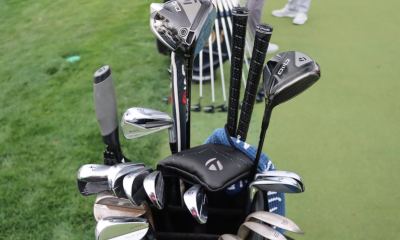
 Whats in the Bag3 weeks ago
Whats in the Bag3 weeks agoScottie Scheffler WITB 2024 (March)
-
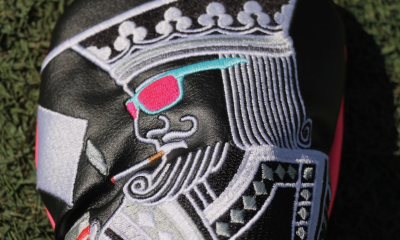
 Tour Photo Galleries3 weeks ago
Tour Photo Galleries3 weeks agoPhotos from the 2024 Arnold Palmer Invitational
-

 Equipment3 weeks ago
Equipment3 weeks agoSpotted: Bettinardi irons at the Arnold Palmer Invitational
-

 19th Hole3 weeks ago
19th Hole3 weeks agoPaulina Gretzky opens up on receiving death threats following DJ’s move to LIV Golf
-

 19th Hole3 weeks ago
19th Hole3 weeks agoVincenzi’s 2024 Arnold Palmer Invitational betting preview: Big names ready to pounce at Bay Hill
-
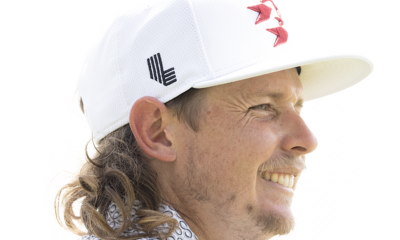
 19th Hole3 weeks ago
19th Hole3 weeks agoVincenzi’s LIV Golf Hong Kong betting preview: Trio of major champs primed for big week
-

 19th Hole4 days ago
19th Hole4 days ago2-time major champ announces shock retirement from the sport at age of 33
-

 19th Hole5 days ago
19th Hole5 days agoEdoardo Molinari reveals the latest PGA Tour golfer to turn down ‘good offer’ from LIV Golf





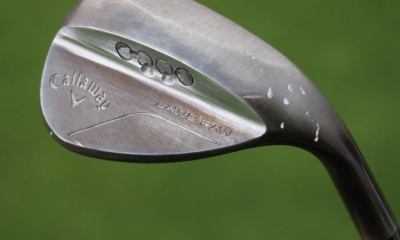

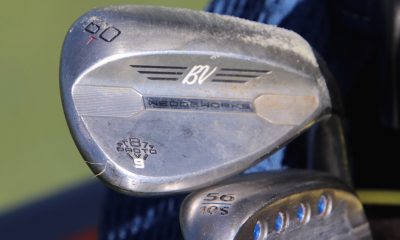

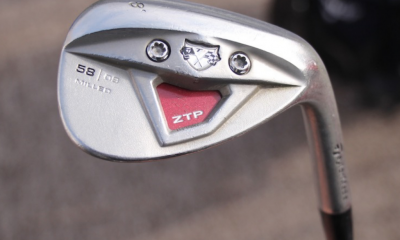

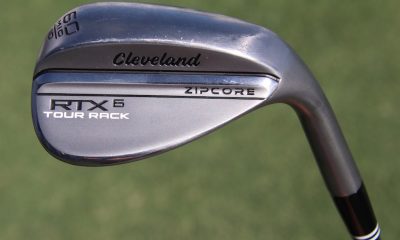



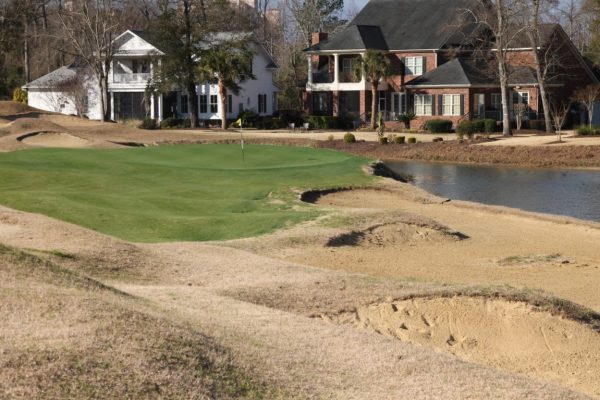
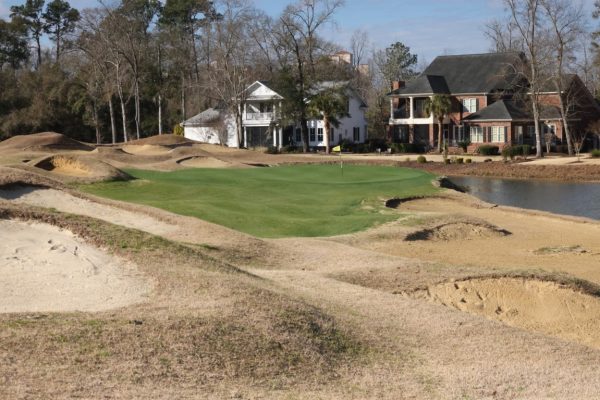
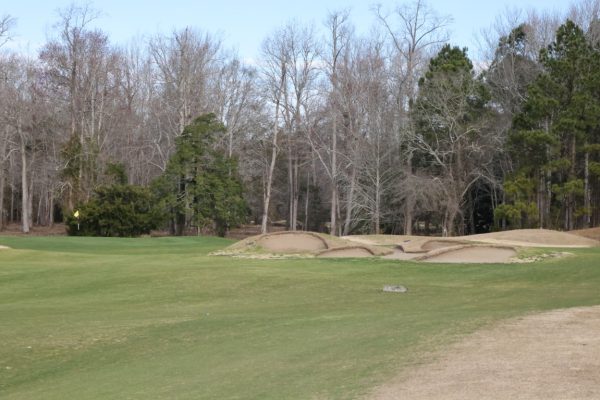
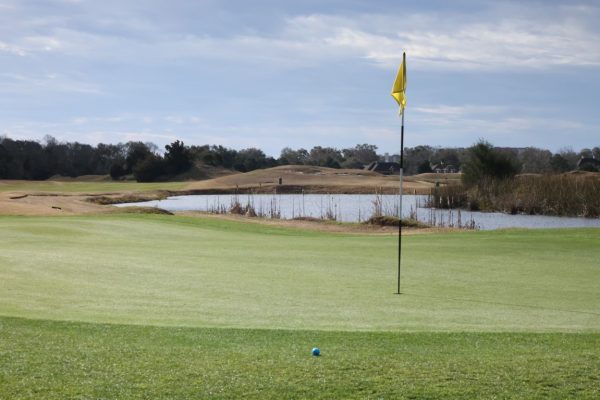
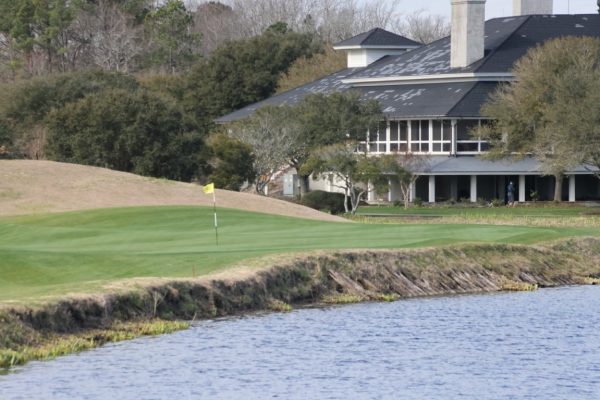
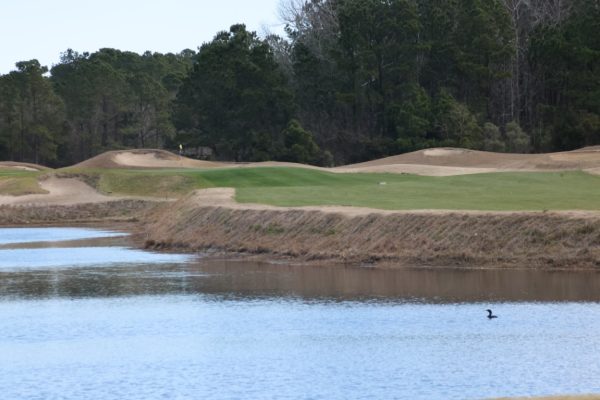
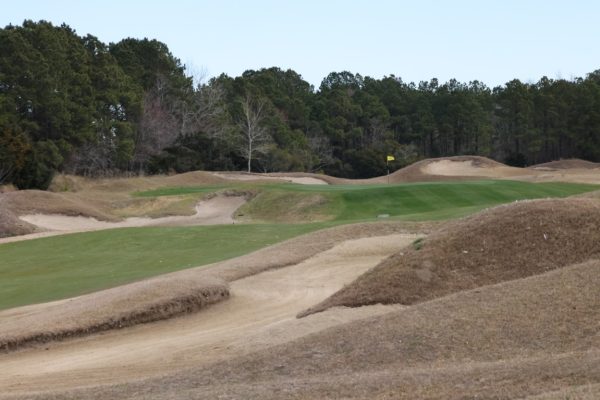
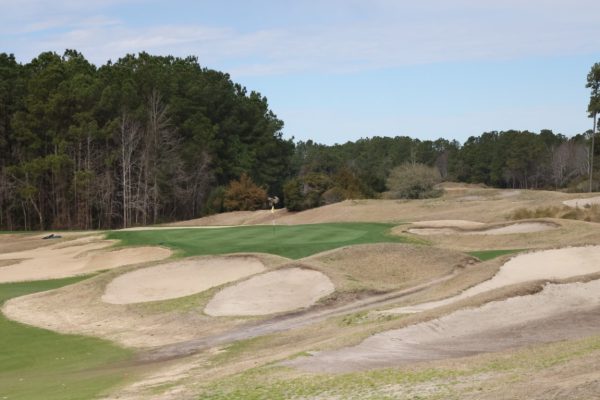
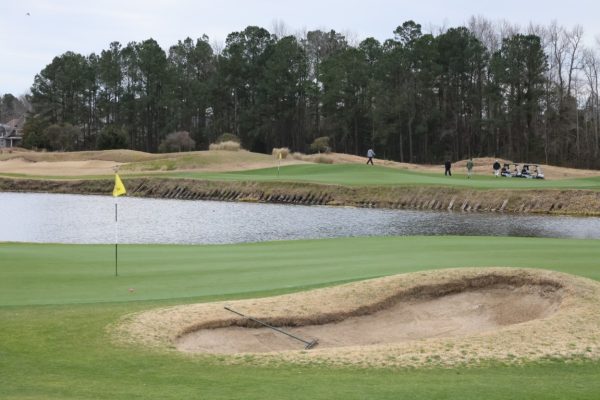

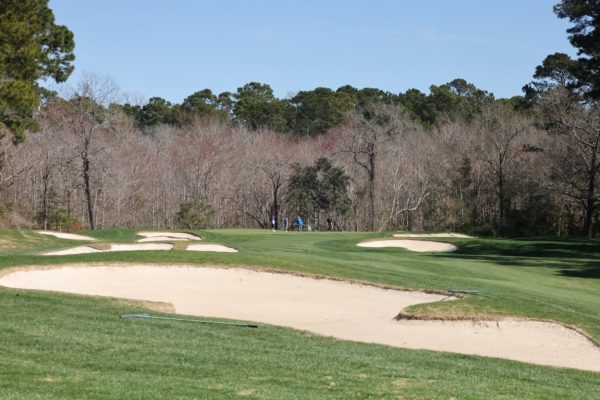
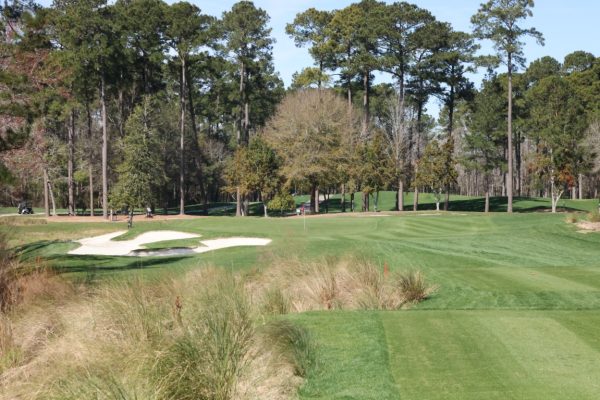
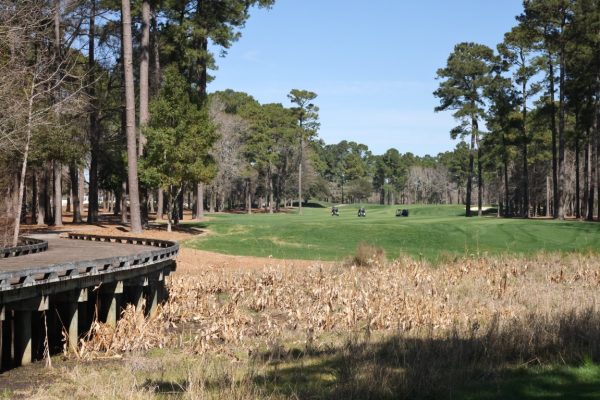
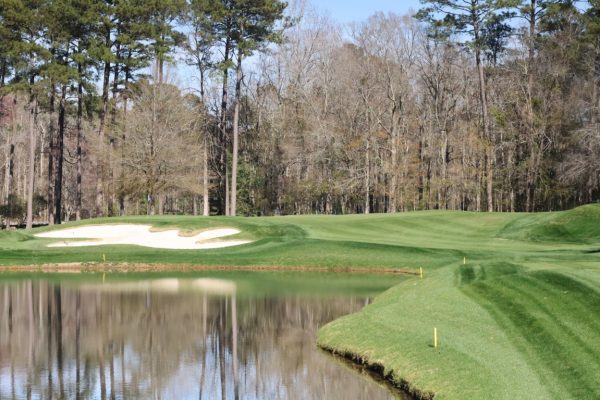
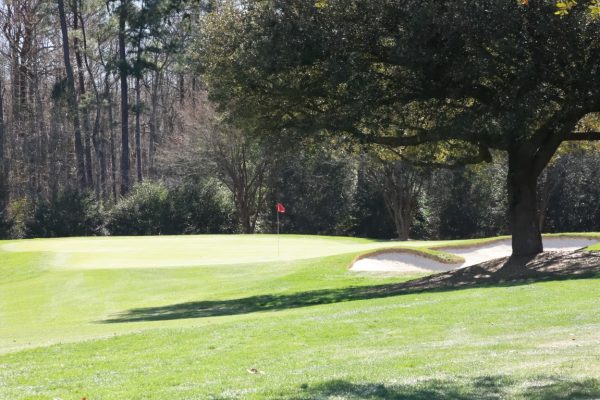
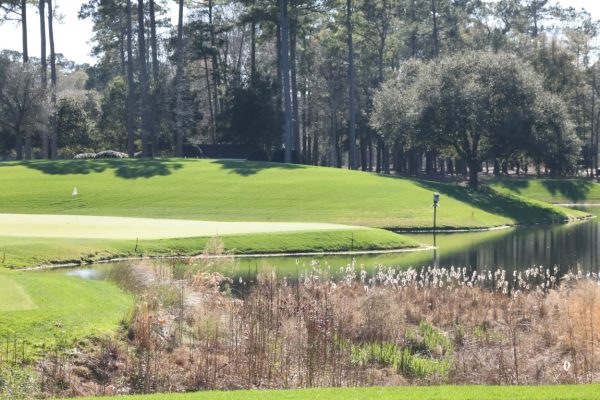
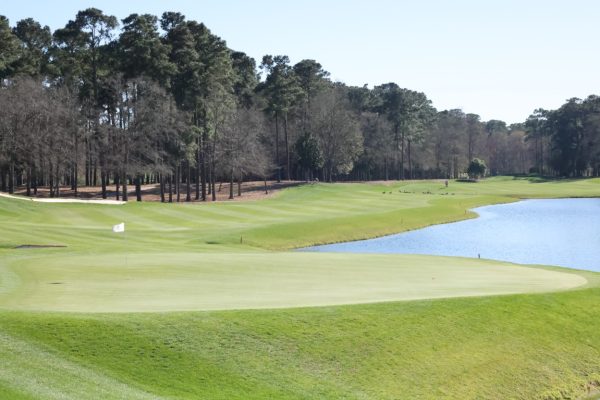
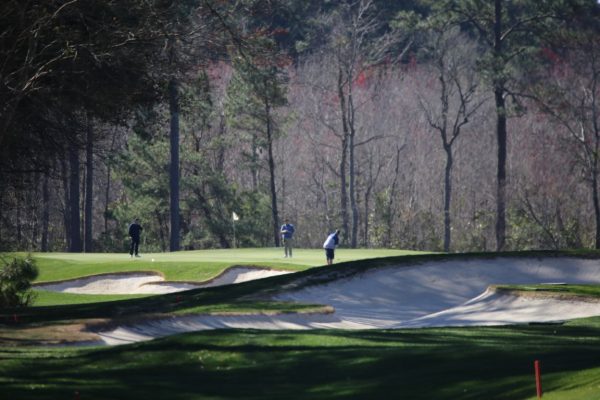
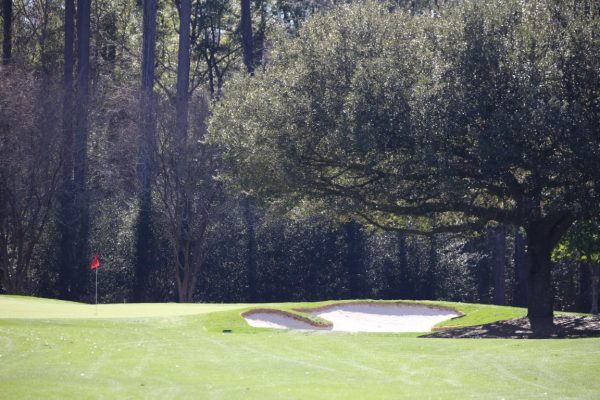
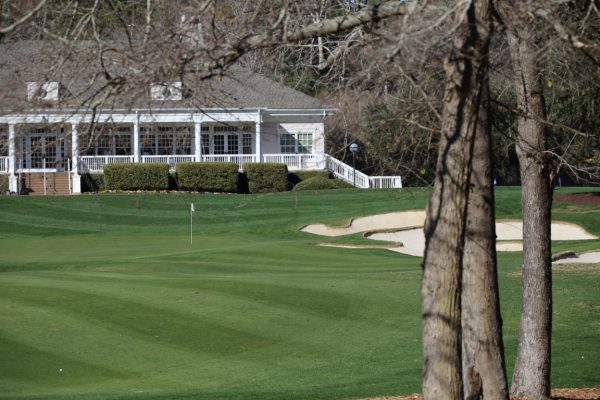
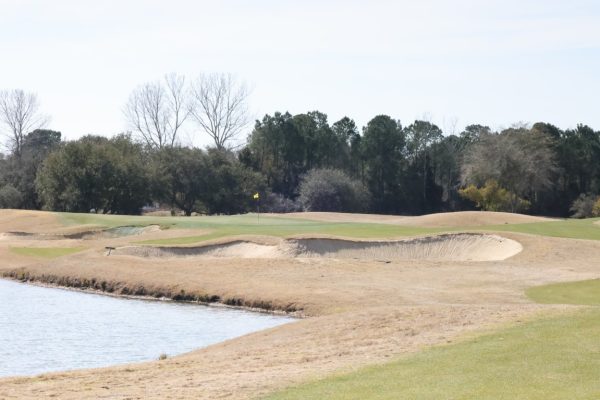
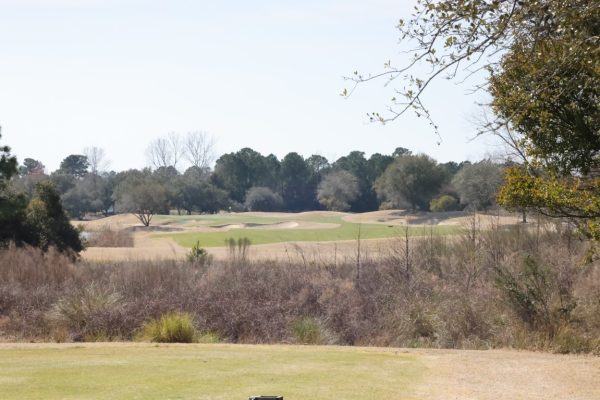
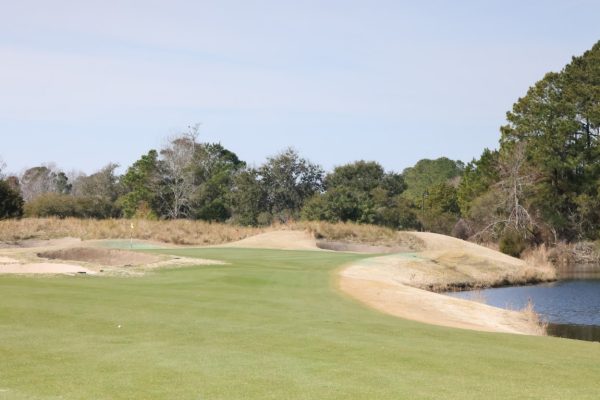
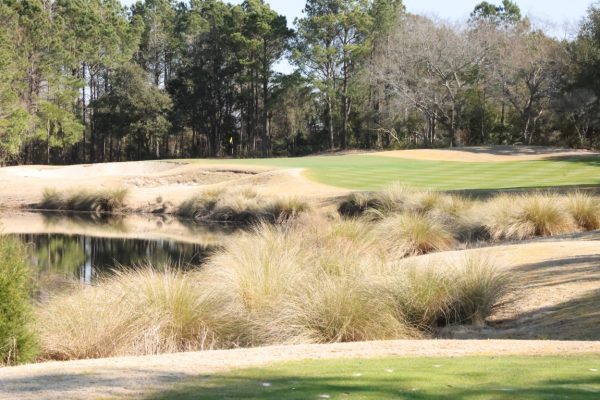
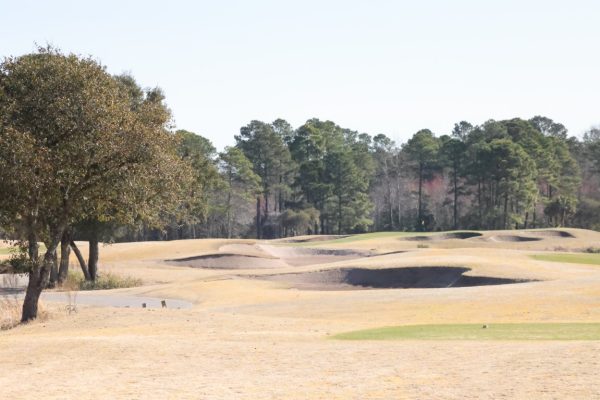

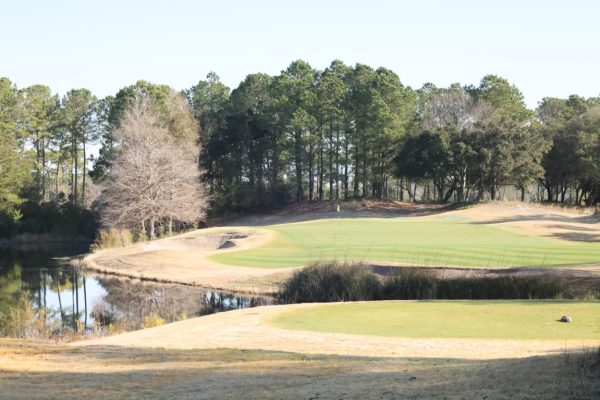
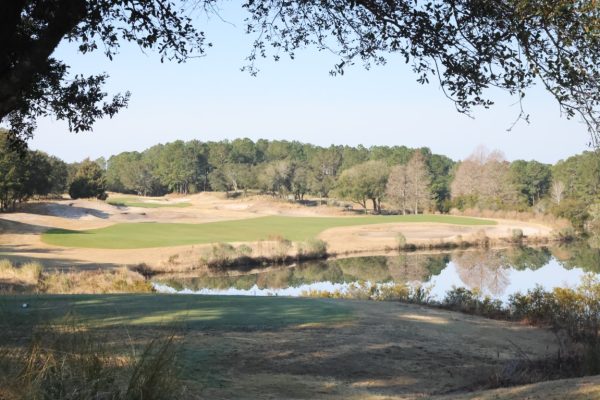
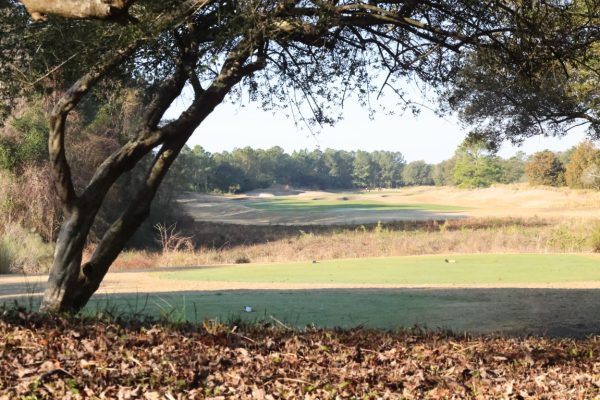
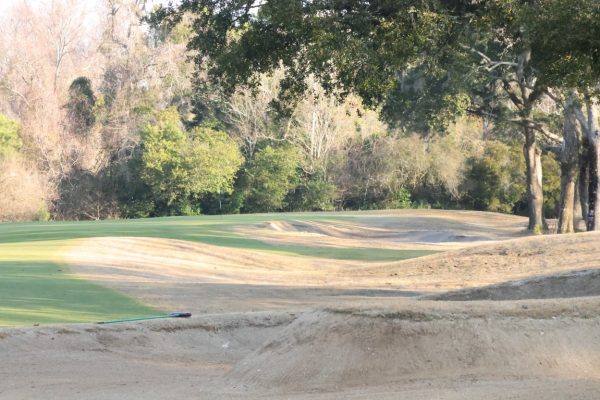
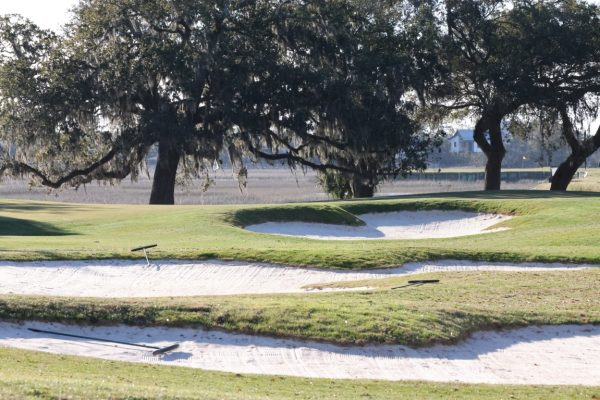
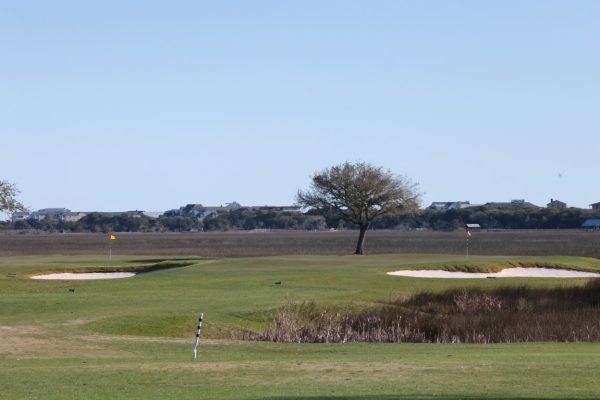
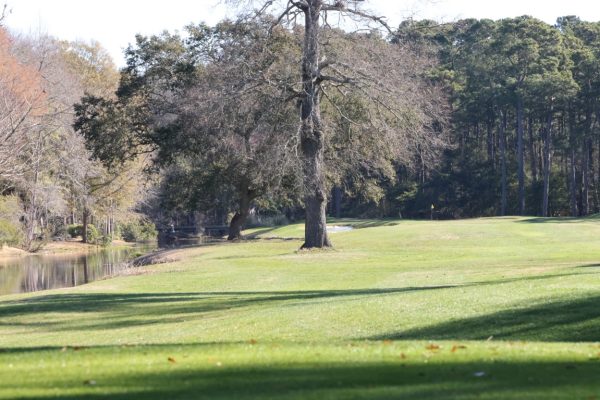
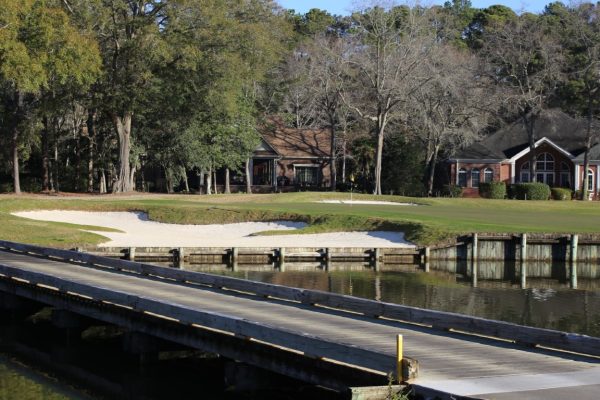
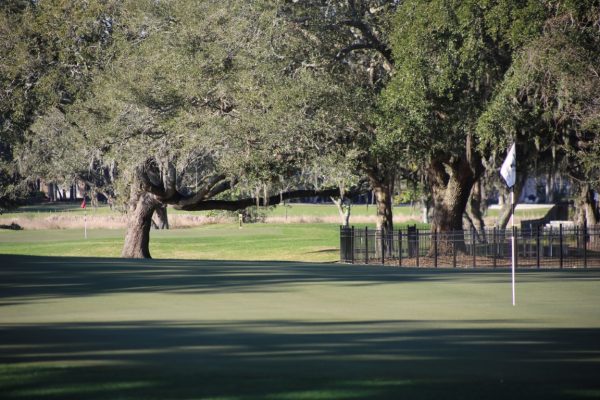
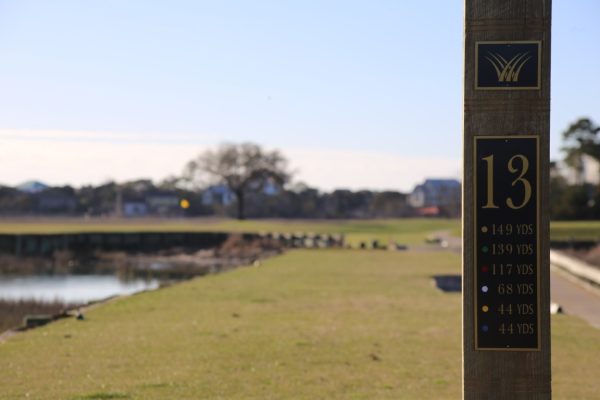
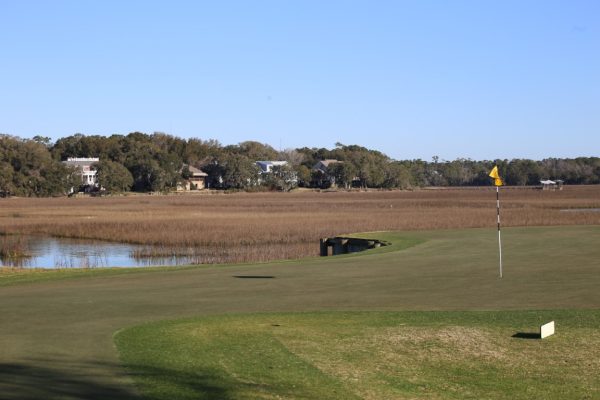
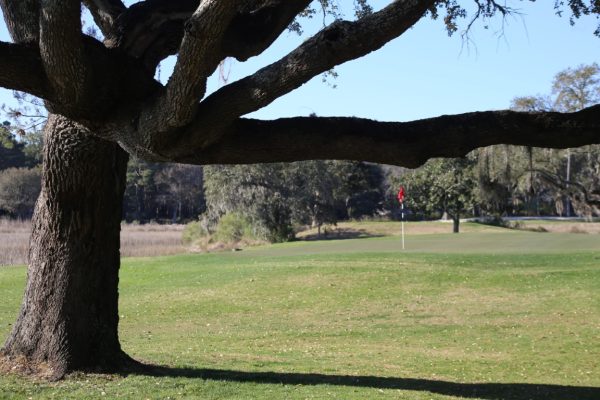
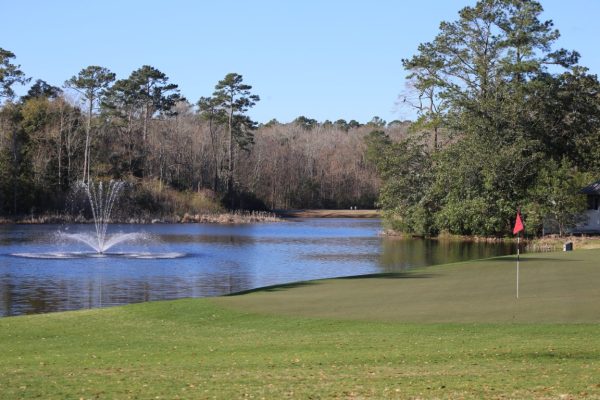
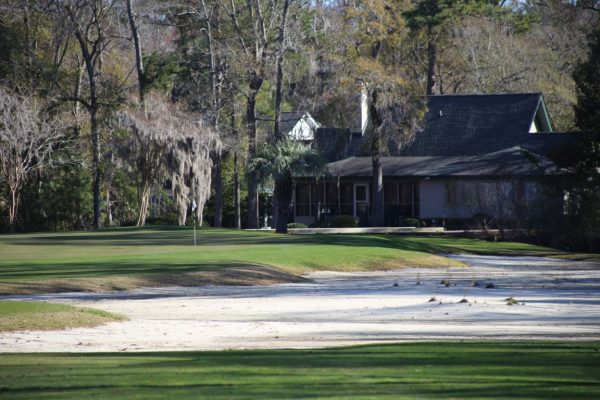









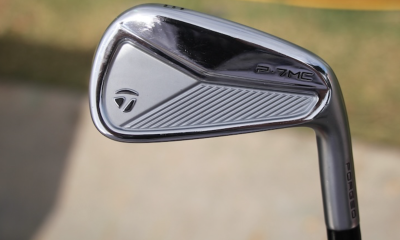

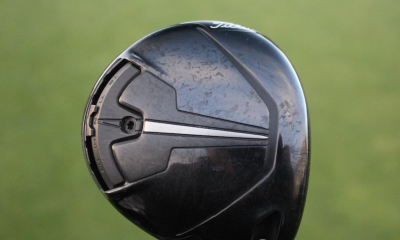

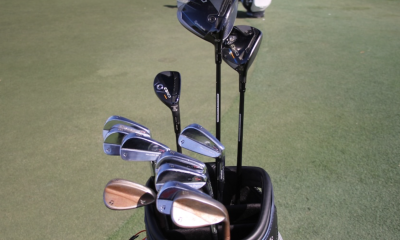

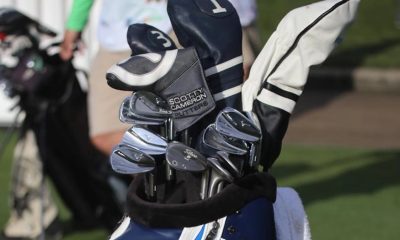

Tony Wright
Jul 11, 2017 at 12:29 pm
Don an absolutely great article thank you. Unless I missed it, I do not see any discussion about the shafts used in tour wedges. Do tour players use the same shafts in their wedges as they use in their irons? If not why not, and what are the trends? Would love to hear your thoughts on this thanks.
Don Wood
Jul 12, 2017 at 4:06 pm
Thank you Tony!
As a general rule, shafts in tour wedges typically get a little softer. Wedge shafts can be basically “8 iron” shafts. But because the wedges have heavier head weights, the flex is softer. That’s not true for all as some tour players want their wedges to be the stiffest ones in the bag. And the wedges are almost always steel…even if the player has mostly graphite throughout the bag.
Golf Code Weekly
Jun 20, 2017 at 9:24 am
What a great article!
That was the most educational thing i have read in a long time, really interesting to learn about this stuff from someone who clearly knows a lot
thanks!
Bill
Jun 19, 2017 at 3:27 pm
Please ignore trolls ooffa and SH. The discussion is informative.
Don Wood
Jun 19, 2017 at 11:11 pm
Thanks Bill,
Trolls are a very important part of our society these days. Their numbers…or lack of them tell a lot about the vulnerability of what we say. Golf Trolls Are people too. And if they cannot contribute to our game, they at least have the desire to be a part of the discussion. Let’s give em a break.
ooffa
Jun 21, 2017 at 8:52 pm
I’m sorry I didn’t mean “often incorrect”.
I meant to say always.
tazz2293
Jun 18, 2017 at 8:32 pm
Thanks for the article Don.
Very informative and a great lesson.
ooffa
Jun 18, 2017 at 6:14 pm
ZZZZZZZzzzzzzz
Hack
Jun 18, 2017 at 2:51 am
1. Trial and error. You’re gonna have to own several lofts and bounces and rotate them according to what you’re going to encounter that day.
2. 1968? Well they had, basically, rubber balls back then. Rubber could grip the surface, if the surface is sticky-clean enough, and won’t need too many grooves to get spin. Think in terms of Table-Tennis. Flat surface of rubber against plastic balls – the balls spin plenty from the friction (given that the balls are, yes, very light, but still the principle is the same). Modern balls are hard, even with urethane, and need grooves to spin them. But then again, that is why we got rid of square grooves, as those were grabbing the ball and spinning them too much
Don Wood
Jun 17, 2017 at 8:51 pm
Hello Bubba,
Thank you for your question.
I had driving range access and knew many of the players and player reps.
Most of the time the players were pretty accommodating and didn’t mind a few measurements. All but a small handful had no objections. The other manufacturers really didn’t get the full understanding of what we were doing as it may have gone unreported by their player reps.
Net bounce became important because a nominal bounce angle measurement wasn’t a reliable indicator of how the sole would behave without knowing its other properties. Also, a single measurement in the center isn’t indicative of the behavior of the sole on various types of shots.
I’m not at all surprised at the bounce readings of your wedge.
bounce
Jun 17, 2017 at 1:44 pm
Don, I don’t understand how grinding off the flange increases bounce angle? Wouldn’t the bounce angle stay the same, unless part of the high point of the camber was ground down? Can you help me understand that. thanks.
“The 56-degree wedges were normally bent to 54 degrees, and usually much of their flanges had been ground off usually to make them narrower (it should be noted that doing that actually INCREASES the measured bounce angle).”
Don Wood
Jun 17, 2017 at 8:56 pm
Thank you for your question.
The answer has to do with the camber or the roundness from leading edge to back of the flange edge.
Bounce angle is measured from a tangent at the center of the sole equidistant to the edges of the leading and trailing edges. And so if one of these edges is moved towards the center as a result of grinding, the tangential center point migrates to the opposite side…along the arc of the camber.
bounce
Jun 17, 2017 at 10:30 pm
Ok that explains it. But if you measure it that way, how is knowing that # useful to anyone? You can have exact same wedges, both high points in camber intact, but 1 has relief on the trail edge. The one with relief is still playing the same way as the stock, as long as the high point in camber is still in tact after the grind. It plays the same way on everything except when the face gets wide open. Why call it “low bounce” just because sole length got shorter? It doesn’t tell the whole story.
Don Wood
Jun 18, 2017 at 11:18 am
Actually, the entire surface area of the sole has a dramatic effect on the “bounce potential” of the wedge at nearly any face orientation in the circumstances of thick contact. So if we grind the back flange to narrow the sole, that quantity is reduced. While a perfectly solid shot hit with a square face may not be affected, once we travel outside of those pristine strike conditions, we need to disperse the friction over a larger area.
bounce
Jun 19, 2017 at 2:17 am
don, anyone seriously putting relief on the trail edge is doing it to get the leading edge lower on open face partial shots.
They could careless how it performs when you take a 10 inch divot, because this player simply doesn’t do that.
Am I wrong?
Rex
Jun 17, 2017 at 1:32 pm
Where’s the part about wedges?
Desmond
Jun 17, 2017 at 1:13 pm
Appreciate the history lesson.